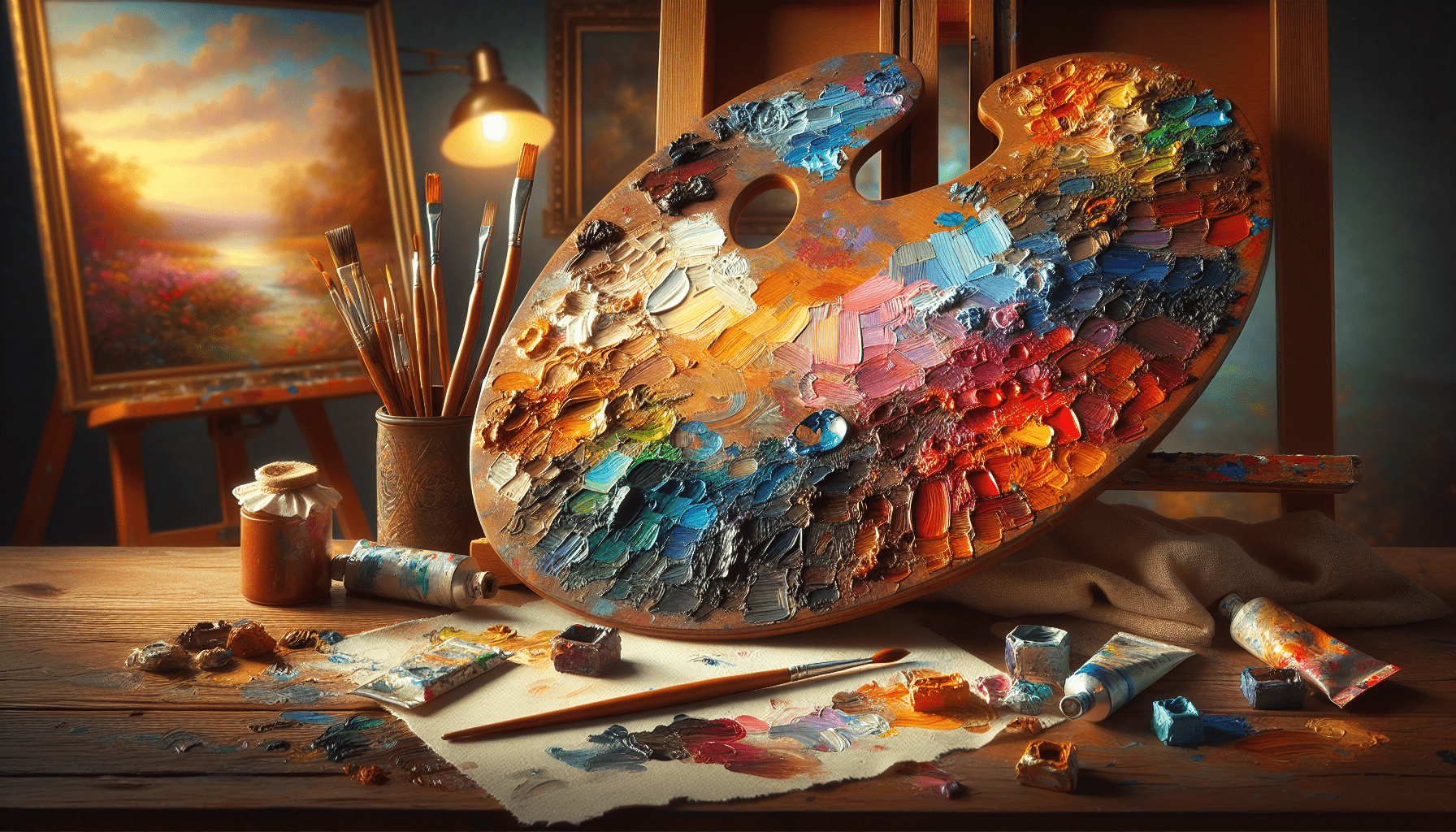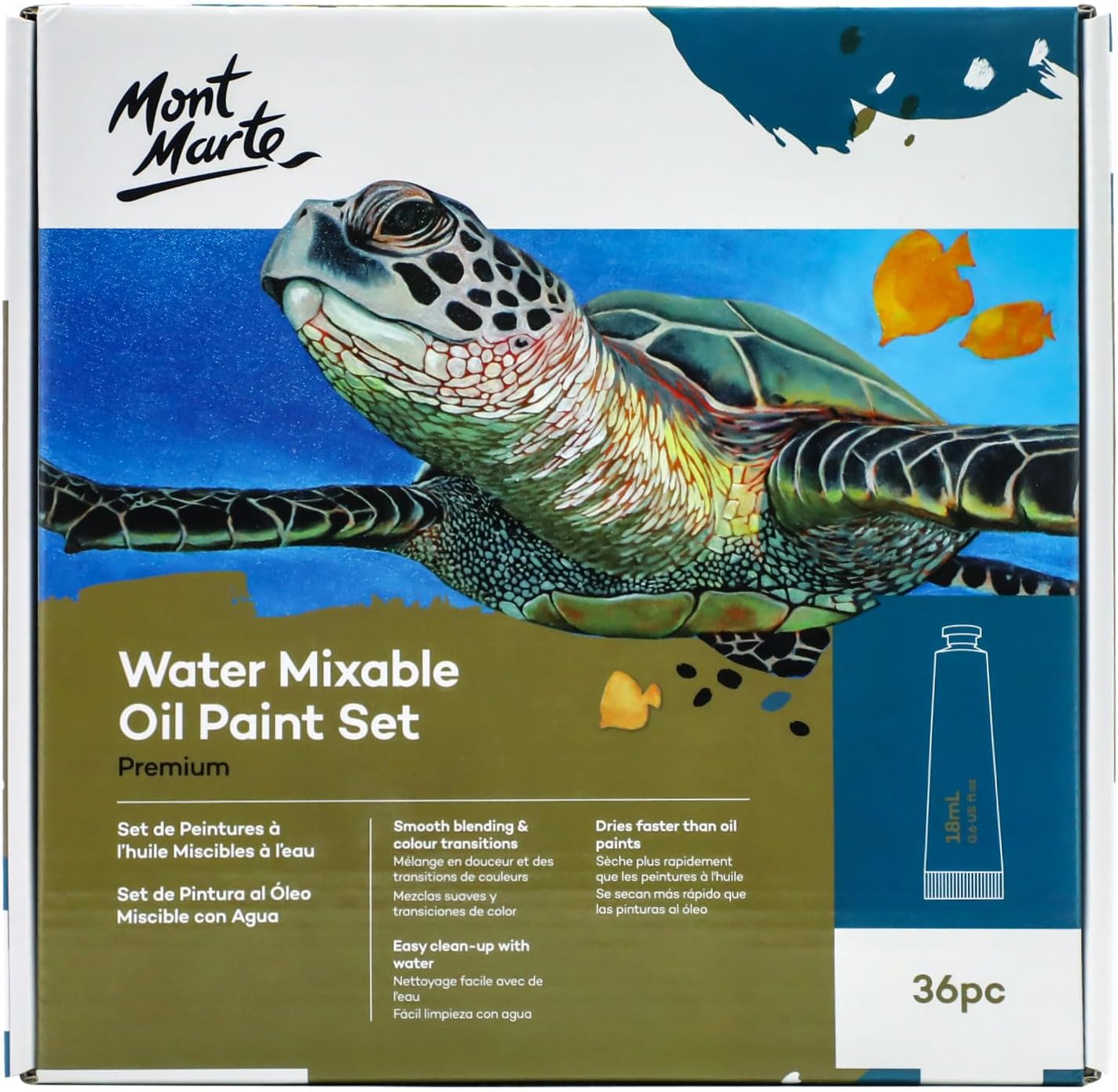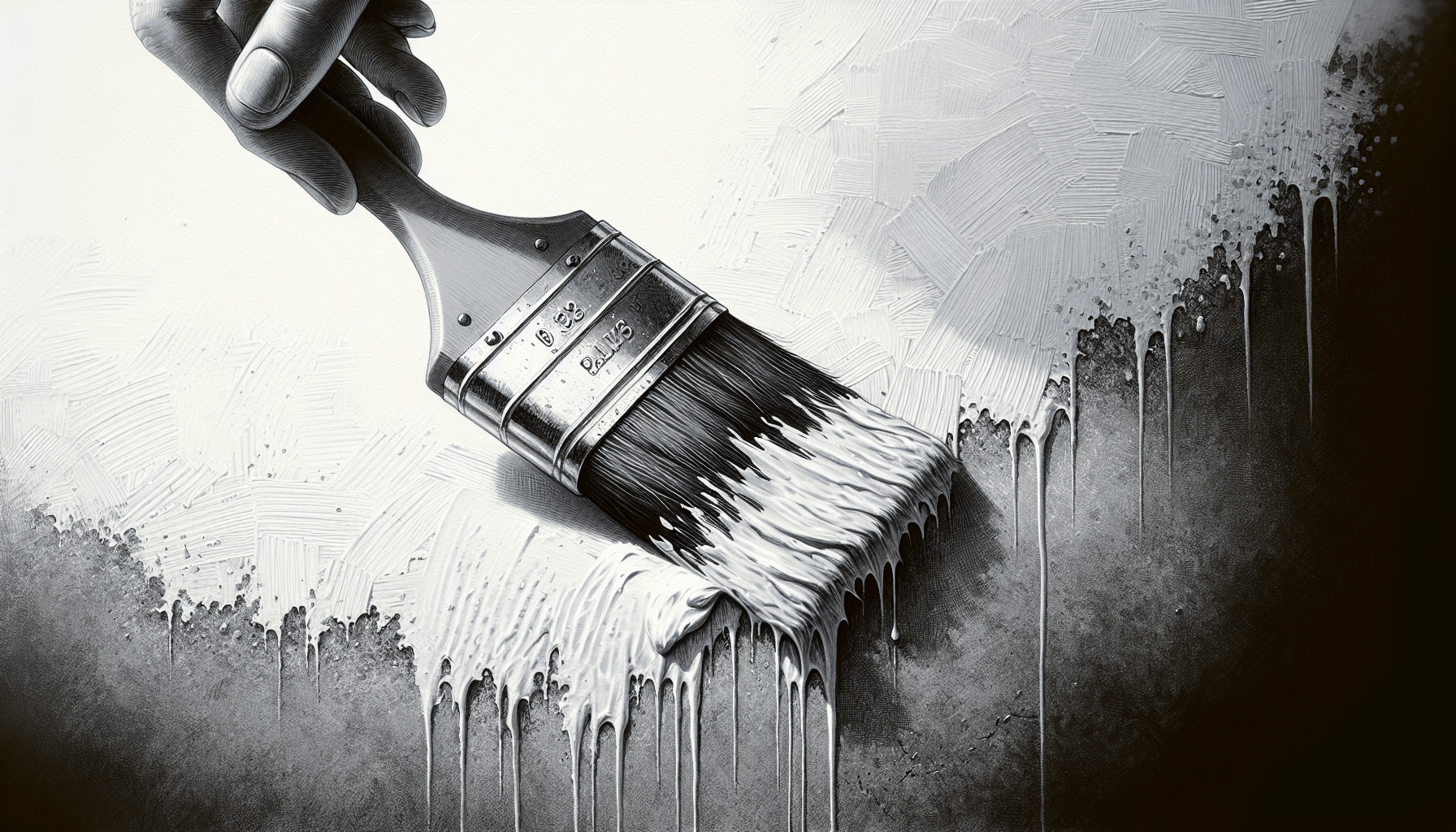Oil painting has long been a revered medium in the realm of fine art, celebrated for its richness, versatility, and historical significance. However, it is also known for its considerable expense. When you delve into the intricacies of oil painting, you will understand that this cost is attributed to a combination of factors such as the quality and types of materials used, the labor-intensive process, and the expertise required to master this complex art form. From high-grade pigments and premium canvases to the countless hours artists dedicate to perfecting their craft, each element contributes to the overall value and financial investment of an oil painting. Understanding these factors offers you a comprehensive perspective on why this art form commands such a high price. Have you ever wondered why oil paintings carry such a hefty price tag? It’s a question that baffles many art enthusiasts and potential collectors. Understanding the reasons behind the expense can deepen your appreciation for these works of art and perhaps even justify their investment value. This article delves into the multifaceted factors contributing to the high cost of oil paintings.
Historical Significance
Legacy and Heritage
Oil painting has been a prestigious medium since the Renaissance era, employed by legendary artists like Leonardo da Vinci, Michelangelo, and Rembrandt. The long-standing tradition adds a layer of historical authenticity that other art forms may lack. This deep-rooted heritage often equates to higher monetary value.
Cultural Impact
The cultural significance of oil paintings cannot be overlooked. Many pieces provide a historical snapshot, offering insight into the socio-political climate, fashion, customs, and lifestyles of different eras. This makes them not just artwork but also cultural artifacts, increasing their intrinsic worth.
Material Costs
Quality of Paint
Oil paints are not created equal. High-quality paints, often preferred for their brilliance, permanence, and vivid colors, come at a cost. These paints contain higher concentrations of pigment and superior oil mediums. Artists tend to invest in top-quality paints to ensure the longevity and vibrancy of their work.
Canvas and Supports
The canvas, stretcher bars, and other materials used to prepare the painting surface also add to the cost. High-quality canvases made of linen, for instance, are more expensive than those made of cotton due to their superior durability and texture. The structural integrity of the stretcher bars is equally important, affecting the painting’s longevity and quality.
| Material | Low Cost (per unit) | High Cost (per unit) |
|---|---|---|
| Oil Paint | $5 | $50 |
| Linen Canvas | $10 | $100 |
| Stretcher Bars | $2 | $25 |
Auxiliary Materials
Additional materials such as primers, varnishes, and solvents also factor into the expense. Primers are essential for preparing the canvas, while varnishes protect the finished artwork. The quality and type of these materials influence both the initial cost and the long-term preservation of the painting.
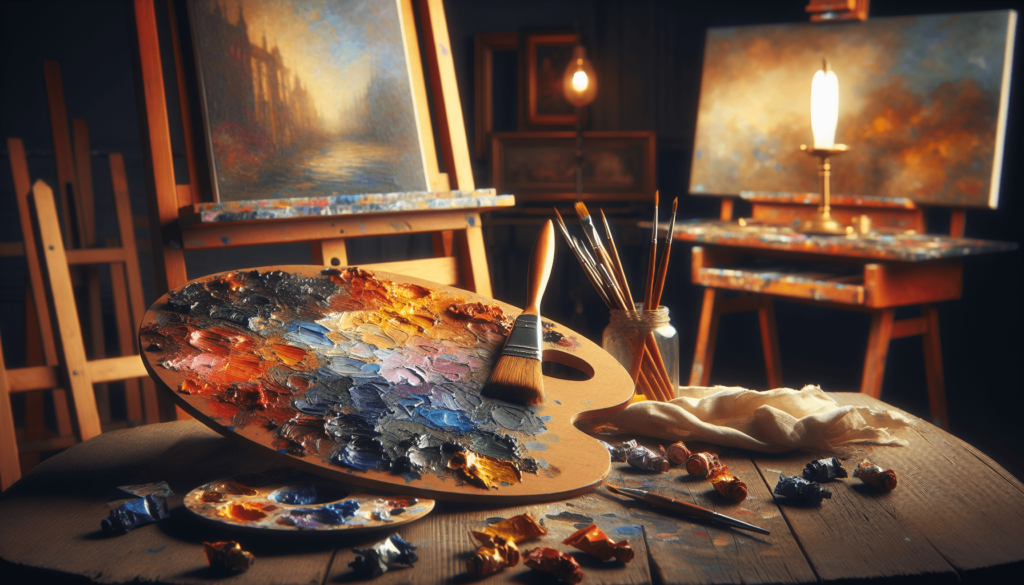
Time and Labor
Skill and Expertise
Creating an oil painting is labor-intensive work that requires a significant investment of time. An artist’s skill and years of experience add to the painting’s value. Mastering oil painting techniques like glazing, scumbling, and impasto takes years of practice, training, and dedication.
Studio Time
The actual time spent in the studio crafting an oil painting can be extensive. Some pieces take months or even years to complete. This considerable labor investment is reflected in the price you pay. Each brushstroke represents meticulous effort and hours of creative endeavor.
| Process | Time Investment | Impact on Cost |
|---|---|---|
| Conceptualization | Days to Weeks | High |
| Basic Sketching | Hours to Days | Moderate |
| Layering Colors | Weeks to Months | High |
| Final Touches | Hours to Days | Moderate to High |
Market Factors
Artist Reputation
The reputation and popularity of the artist can significantly drive up the price. Prominent artists with a track record of exhibitions and awards command higher prices. Their signature style and established name add a premium to their artwork.
Art Market Dynamics
Supply and demand in the art market also play a crucial role in determining prices. Limited editions, rarity, and the current market trends can all affect an oil painting’s cost. Artworks by deceased artists often appreciate over time, making them more valuable.
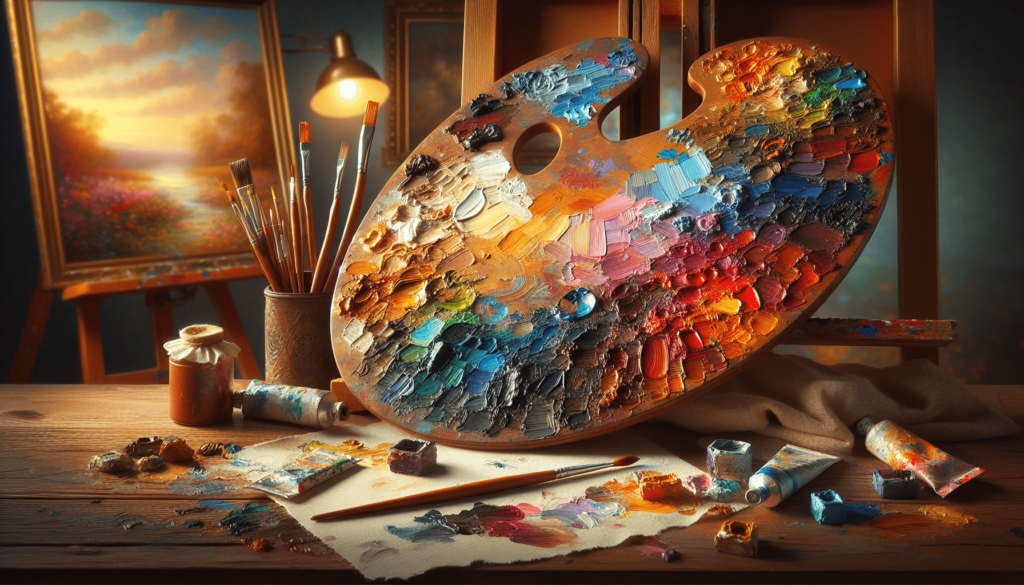
Production Processes
Preparation
The preparation phase involves multiple steps, including canvas stretching, priming, and sketching. Each of these steps requires specialized knowledge and materials, adding to the overall cost.
Painting Techniques
Different painting techniques also affect the cost. Techniques like glazing, which involves multiple layers of translucent paint, require more time and materials than simpler methods. Advanced methods demand a higher skill level, further increasing the value of the artwork.
Drying Time
Oil paintings have a longer drying time compared to acrylics or watercolors. This extended period allows for intricate detailing and durability but also means the artist’s resources (studio space, materials) are tied up for a longer period, contributing to higher prices.
Preservation and Maintenance
Preservation
The longevity of an oil painting depends on proper preservation methods. Specialized varnishes and climate-controlled storage are necessary to protect the painting. These preservation techniques prevent yellowing, cracking, and other forms of degradation, adding to the cost.
Restoration
Over time, oil paintings may require professional restoration to maintain their original condition. Restoration experts use advanced techniques to clean and repair artwork, ensuring its longevity. These services are costly and add to the overall expense of maintaining an oil painting.
Authentication and Provenance
Certification
Authentication is essential to verify an oil painting’s legitimacy. Certification by experts or art historians often involves meticulous research and documentation. This process is both time-consuming and expensive, adding to the painting’s cost.
Provenance Documentation
The history of ownership, or provenance, of an oil painting can greatly influence its value. Documenting the provenance involves extensive research, often including previous sales histories and exhibition records. This adds a layer of authenticity and increases the painting’s worth.
Investment Value
Appreciating Asset
Oil paintings are often considered appreciating assets. Over time, their value can increase, making them a worthwhile investment. Unlike other forms of investment, they offer both aesthetic pleasure and financial growth, justifying their high cost.
Limited Supply
The uniqueness of each oil painting means there is a limited supply. This scarcity, combined with the high demand for renowned works, drives up prices. The lesser the availability, the higher the value, making oil paintings an exclusive and expensive asset class.
Emotional and Aesthetic Value
Emotional Connection
Many collectors buy oil paintings not just for their investment value, but for the emotional connection they feel. The beauty, detail, and emotional depth of an oil painting can evoke profound feelings, making it a priceless addition to one’s collection.
Aesthetic Appeal
The visual appeal of an oil painting, with its rich textures and vibrant colors, makes it a highly sought-after art form. The aesthetic value often translates to a higher monetary value, as collectors are willing to pay a premium for visually captivating works.
Conclusion
Understanding the various factors that contribute to the high cost of oil paintings offers valuable insight into this intricate art form. From the historical significance and material costs to the time and labor involved, each element plays a crucial role. When you invest in an oil painting, you are not just buying a piece of art; you are acquiring a piece of history, culture, and exceptional craftsmanship. This multi-dimensional value justifies the expense, making oil paintings a worthwhile investment both emotionally and financially.
